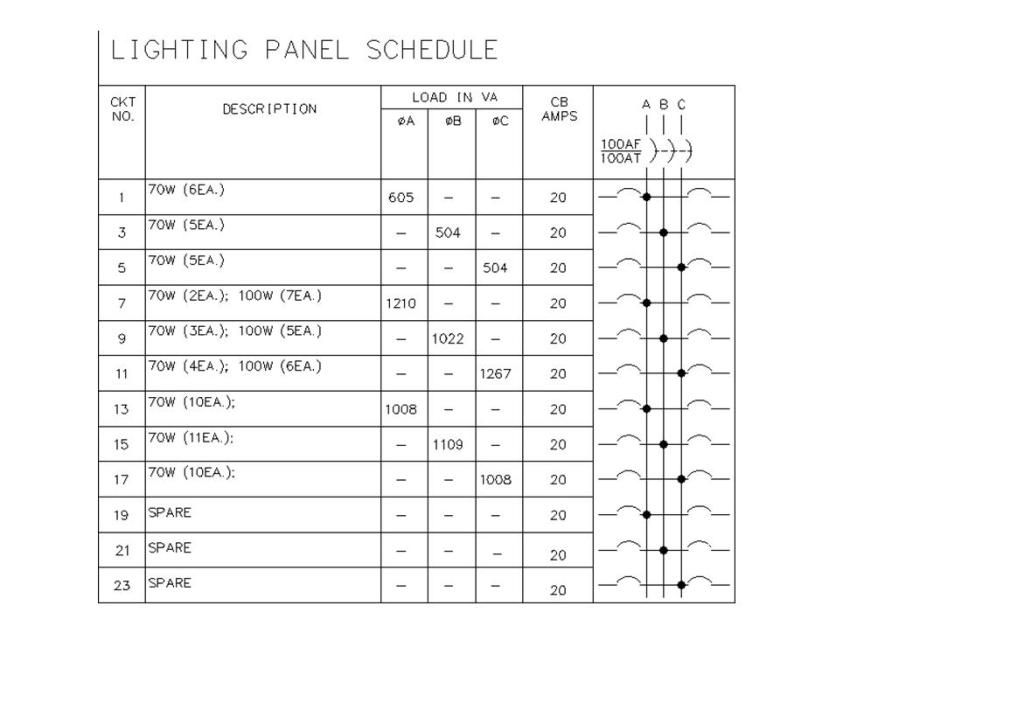
I'm reviewing a new installation drawing and found this: the listed load VA is always 1.44 times that of the listed Watts, what's the reason behind this?
I doubt that's a conversion from power facotr, if so, the power factor is 0.7 which is way too low for lighting loads.
This is a typical 120/208 3-phase installation.
As you see, this 1.44x "multiplier" is one each circuit of this panel as shown in the picture.
Any thoughts?

